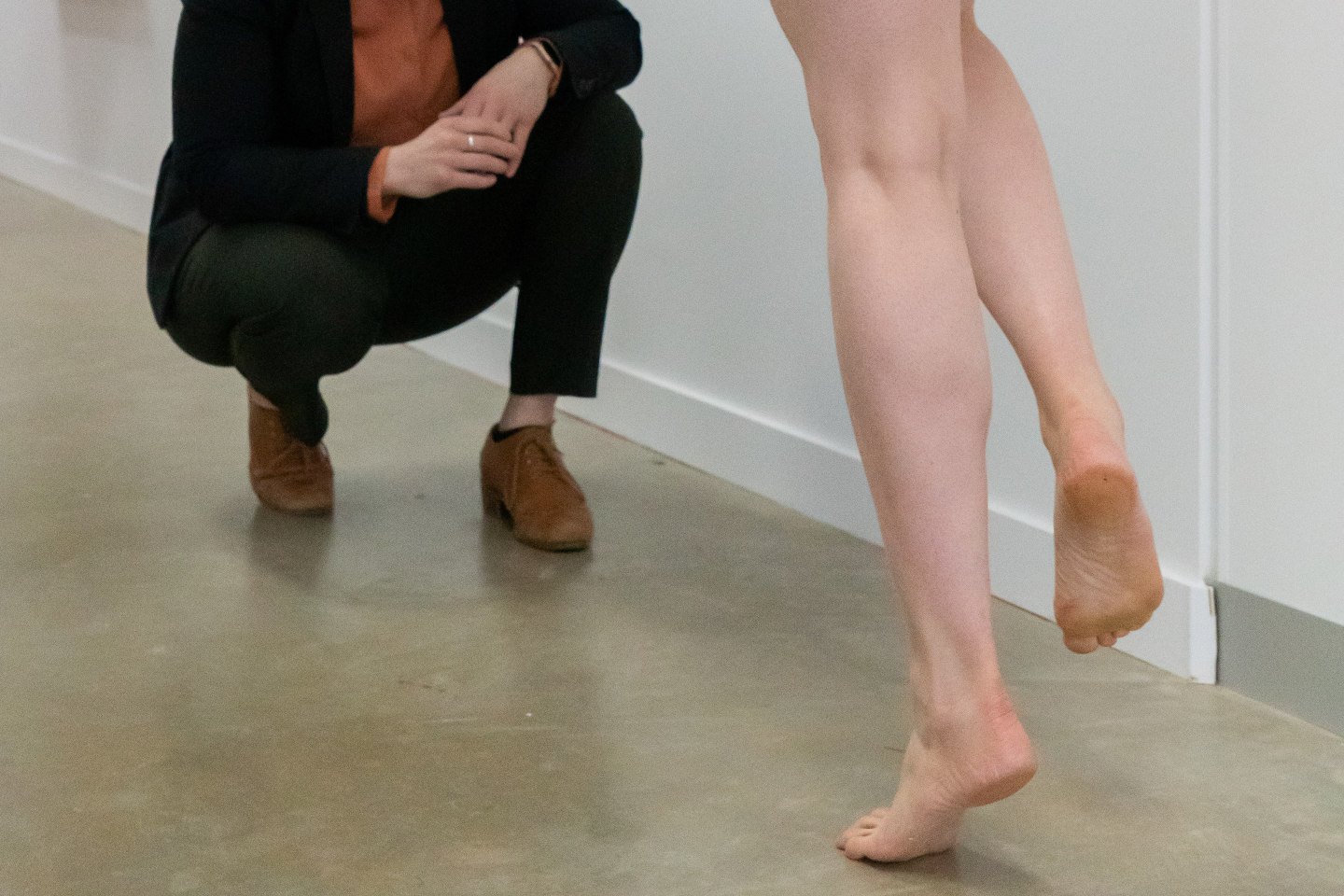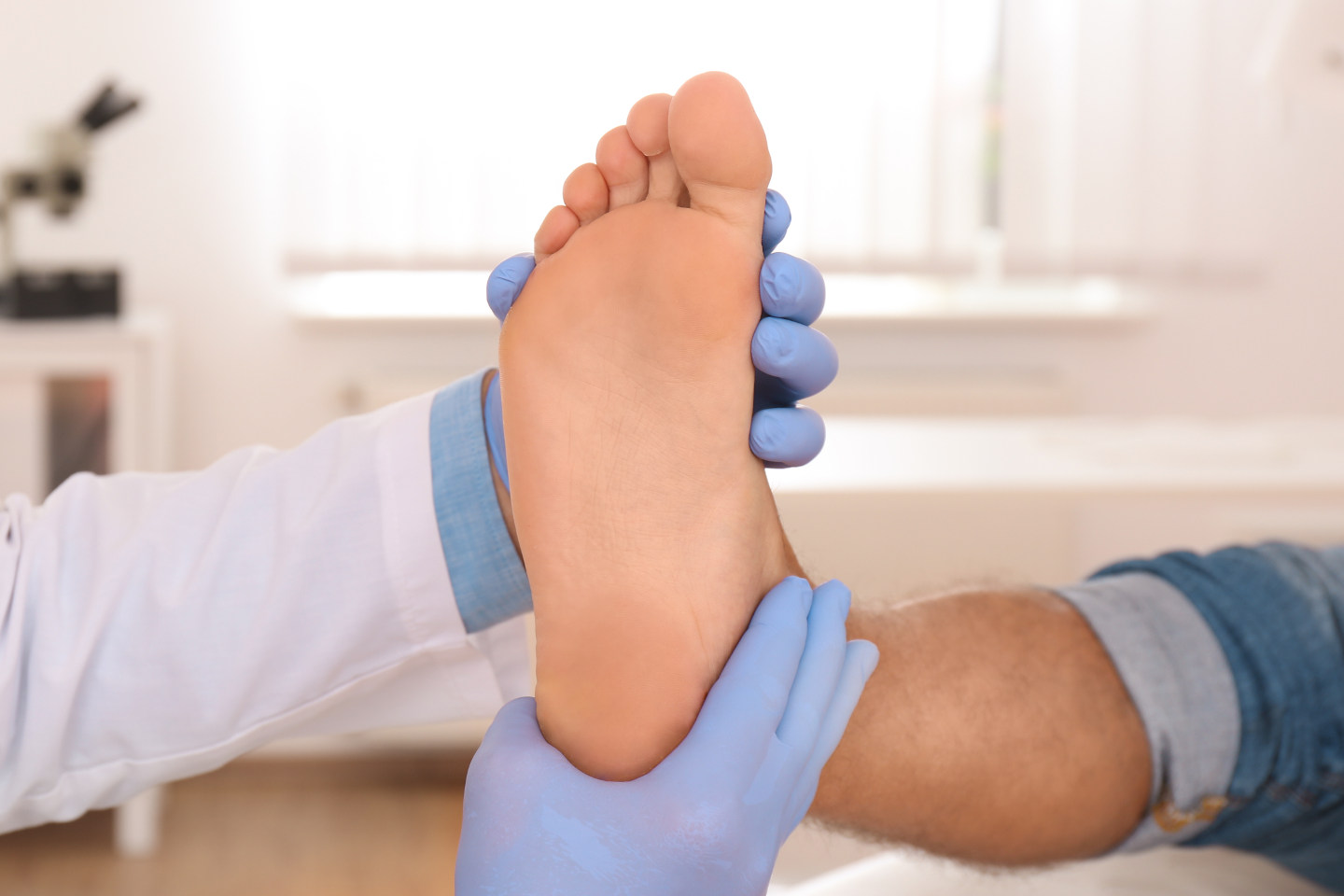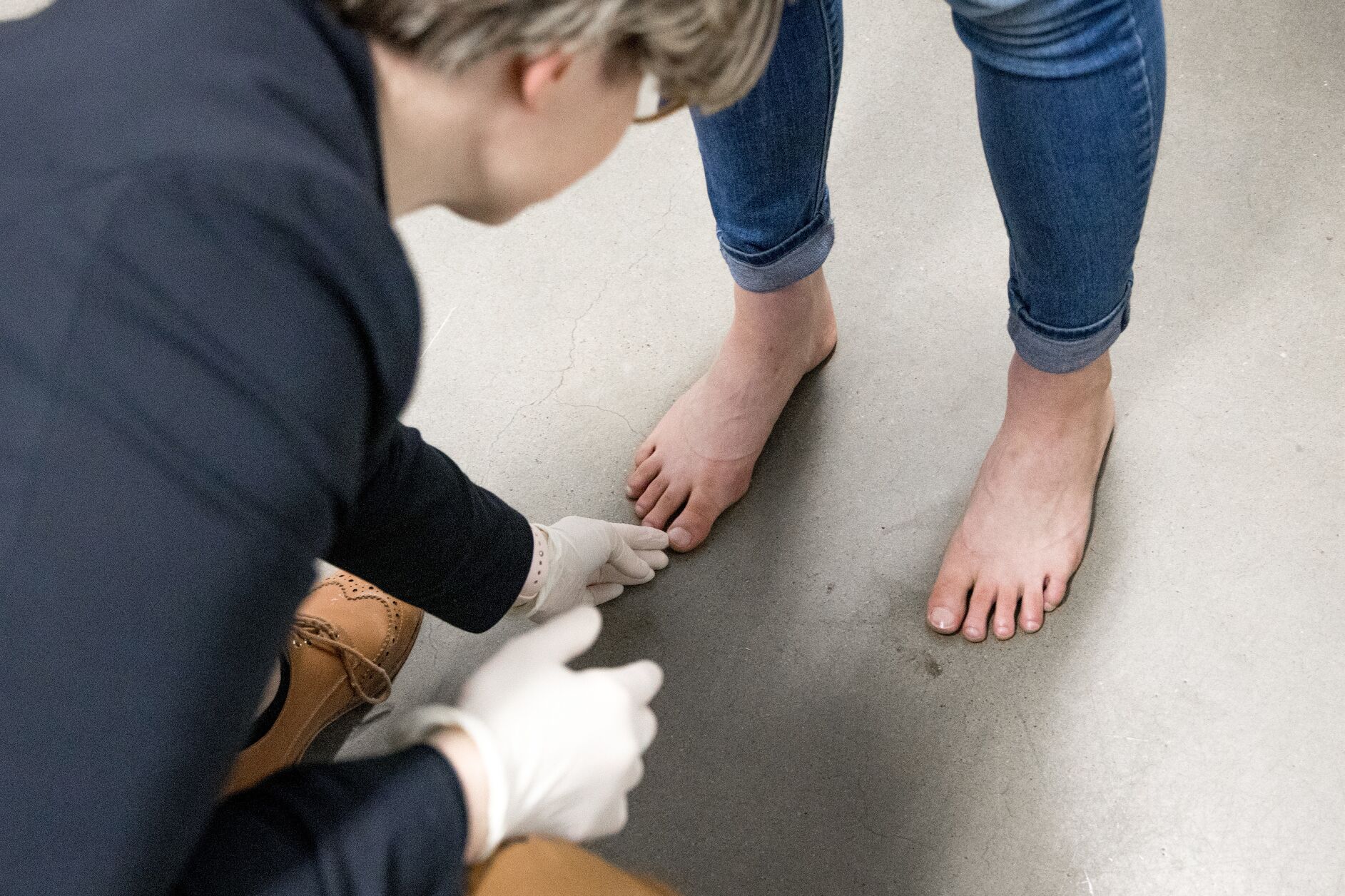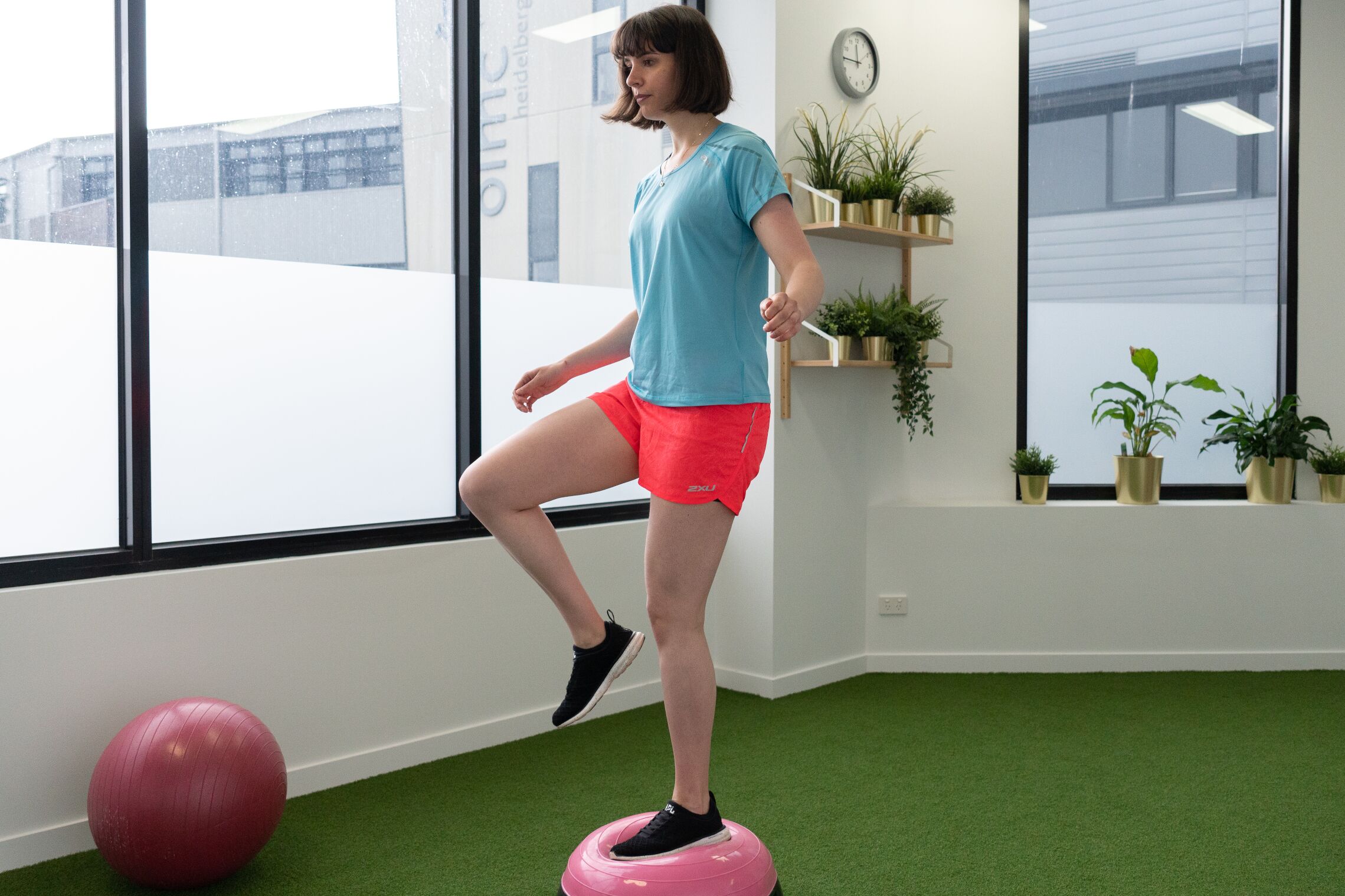Introduction to Idiopathic Toe Walking
Toe walking occurs when a child walks on their forefoot or toes, in contrast to the heel-to-toe motion.
If the toe walking is idiopathic, the reason is unknown. It could be a learned behavior, or it could be associative with other factors, such as cerebral palsy, heel cord contractures or sensory input issues.
Improvements to the patient’s gait pattern can typically be made, however, each case will pose its own unique challenges. Our Orthotists work with parents and paediatric patients to explore Orthotic interventions and contribute to lower limb function.

How We Help Idiopathic Toe Walking Patients
There are multiple treatment options for toe walking, and opinions on the best course of action may vary between surgeons and physiotherapists. At Orthotics Plus, we will often explore a combination of:
- Serial casting
- Ankle Foot Orthotics (AFOs)
- Custom foot orthotics
- Shoe modifications
- Referrals to Physiotherapists
Children are generally referred to us from general practitioners to help address toe walking concerns. Typically, parents will first notice toe walking by seeing their children walk around on their tiptoes. Typically, the GP will provide the formal diagnosis and possibly make a referral to Orthotics Plus for the above services.
To understand if our services are likely to be of benefit, we may organise a trial of a product during our assessment for the patient to give their feedback on.

Learn More About Idiopathic Toe Walking
Severities
The severity of the condition depends on the patient’s ability or inability to correct their foot so that their heel touches the ground. Regardless of the child’s physical condition, they will likely need training and guidance to make the appropriate foot adjustments. While idiopathic toe walking is associated with a sensory issue, there’s sometimes a physical barrier that can make the condition more severe and harder to manage.
Symptoms
Symptoms include the observable behavior of walking on toes. Over the long term, this can lead to a large, wide-splayed forefoot with a narrow hind foot. Patients with that physical condition can find it difficult to comfortably wear fitted shoes, and they can also suffer from structural foot problems, namely midfoot and Achilles issues, amongst others.
Most children do not experience significant pain (especially when first diagnosed), as such, pain reporting measures such as pain-questionnaires are typically not used. Our Orthotists are generally guided by what we’re able to witness and physically assess.
Asymmetry
Toe walking is commonly symmetrical affecting both feet equally. It can otherwise be asymmetrical in cases of cerebral palsy or other neurological conditions.
Mobility
Children who toe walk may have limited ankle range of motion, which restricts their ability to dorsiflex, or lift their foot upwards. This can create issues in everyday life, such as safely walking or enjoying recreational activities.
Orthotics Plus will explore options to restore a level of mobility with the patient’s preferences and dignity in mind.


Why Choose Orthotics Plus?
Orthotics Plus Melbourne is appropriate to consider because:
- We employ a specialist paediatric Orthotist who has extensive experience with the condition
- We offer conservative management and a range of treatment pathways to consider
- We are mindful of our patient’s long term success, we provide education to parents and participate in multidisciplinary care
- We are a NDIS registered, Australian Allied health provider that is experienced serving people living with a physical or neurological disability
For any questions or to make an appointment, please use our clinic locations page.

FAQ
Yes. The term “idiopathic” refers to an unknown reason.
If it’s non-idiopathic, then a specific cause of the behavior is known. For example, non-idiopathic toe walking could be caused by calf contractures due to physical trauma or a birth defect which limits range of motion.
There may be an existing diagnosis from a GP or Physiotherapist, which is likely to be in their medical documentation or NDIS plan, which we would review assuming consent.
Orthotics Plus would assign our specialist paediatric Orthotist, who would observe walking and perform range of motion tests. We would ask for any observations from the parent/guardian.
Orthotics Plus is able to communicate with the NDIS/NDIA to submit reports for funding assuming it is clinically reasonable and necessary.
We are experienced handling feedback from the NDIA, working with support coordinators and families to ensure the patient is well-cared for.